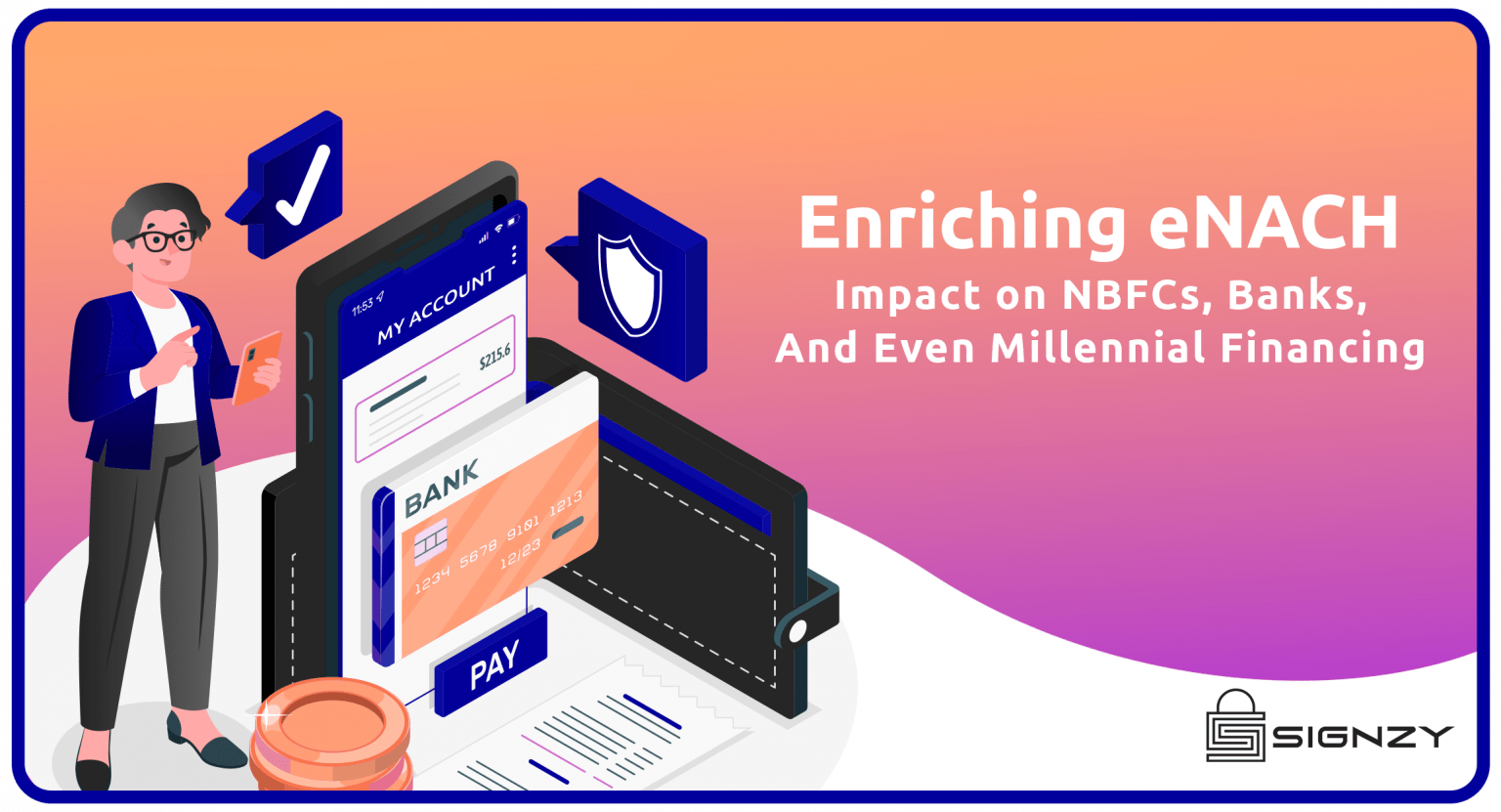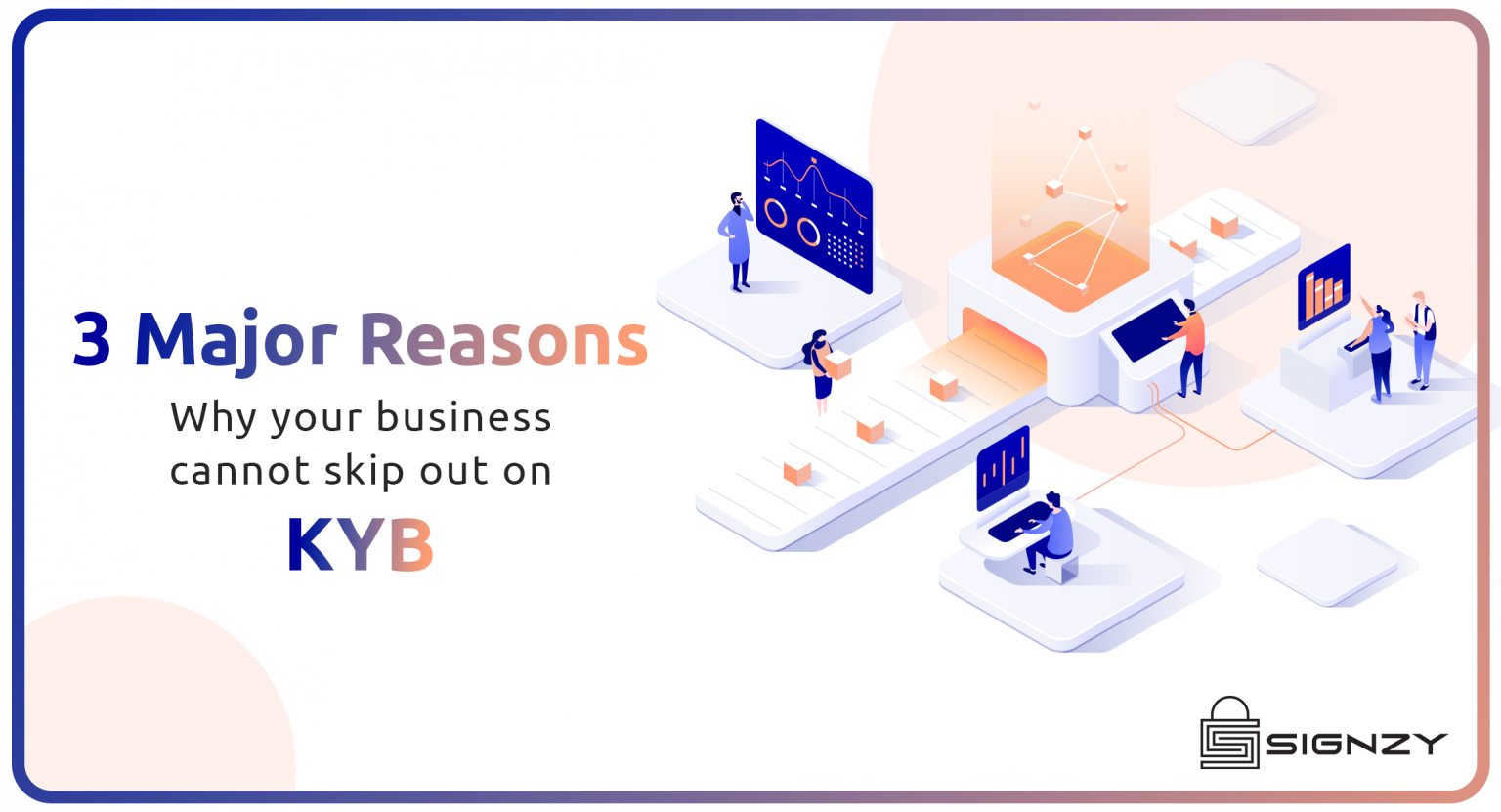India’s lending industry stands at a staggering 156.9 lakh crores, a steep increase of 100% from 2017. But what many miss out on is that of these, only 2% involve microfinance contributions. Instead, commercial and Retail lending dominates 98% of this, with each at 49%.
Although almost every citizen will try to avail of a loan at a point in their life is true. It is an integral part of the economy and even a commoner’s aspirations. But the above data identifies two significant factors. One, customers prefer commercial and retail lending. Two, These areas are potentially untapped and improvable.
Once considered stormy waters, even personal loans are now being navigated at a growth rate 3.8 times higher. This is primarily due to easier access and availing procedures of loans in the country. As a result, even banks and NBFCs are modifying their gameplan to incorporate the novel surge in commercial and retail loans through digital banking.
But then, why is the government stressing on eNACH Mandates? Why are banks and NBFCs preferring the involvement of eNACH?
What’s The Real Concern?
As the tide rises, so does the seaweed. Financial Institutions reported an abnormal increase in loan repayment defaulters. Although COVID-19 played a significant role in this, the impact is also attributed to a sense of gullibility. Even genuine customers who accidentally default face the risk of lowered credit ratings.
Entities have increased their safety and security measures to stop defaulting, but that alone won’t cut it. We need an impeccable system of retrieval and processing. Electronic clearing service was a primitive form of this. Even though insufficiently effective, it paved the way to a better solution- eNACH Mandates.
The What, Why, And How Of eNACH Mandates.
eNACH mandate is an improved version of the existing NACH mandate. The NACH mandate helps the customer give the collecting agency the right to debit the respective amount from the account for a fixed period at a specific frequency. The agency is required to collect the mandate form from their customers to facilitate the process of auto-debit for personal loan EMIs.
eNACH mandates are the digital versions of paper-based NACH mandates. They allow customers to approve recurring payment charges in a go, digitally. This will enable merchants to collect recurring insurance premiums, loan repayments, investment SIPs, utility bills, etc.
This makes things far easier for customers, NBFCs, and banks. This is why financial institutions now focus more on creating eNACH mandates for loan EMI collection from the borrowers. In addition, innovative companies and pioneer entities in the industry aim to craft solutions engineered to help NBFCs streamline their loan repayment collections while ensuring the benefit for the customer.
What Are Its Advantages?
- Decreased Time- The digitized nature coupled with the automated deduction and reduced human involvement fastens the process. Signing up for loans is also swift with eNACH.
- Increased Success Rate- loan disbursement and retrieval are more successful as most of the process is automated and the entire process is digitized.
- Higher Successful Processing Rate- Almost all technical and human errors are negated with a proper digital system in place. This implies that the processing is better and more efficient.
- Reduced Number of Defaulters- Defaulters find it hard to abscond and not pay. As everything is automated, the agreed-upon amount will be deducted accordingly from their accounts.
How Does It Impact And What’s The Bottom Line for eNACH?
It’s pretty much evident that eNACH is the new phase of recurring collections. Banks, NBFCs, and other financial institutions are incorporating it. Even genuine customers prefer eNACH as it is swifter and easier for processing. Millennials form the lion’s share of this as they mostly prefer digitized payments. This is evident because they overwhelmingly choose digital bank accounts over traditional options. The next generations will only soar higher from this point onwards to the digital canopy. Millennial financing is definitely digital.
But all this will be possible only with the proper implementation of eNACH and its methods. For this, you require the best resource provider you can get. We at Signzy can help you with this. With premium resources and products for your digitization and automation, you can better your processes.
About Signzy
Signzy is a market-leading platform that is redefining the speed, accuracy, and experience of how financial institutions are onboarding customers and businesses – using the digital medium. The company’s award-winning no-code GO platform delivers seamless, end-to-end, and multi-channel onboarding journeys while offering totally customizable workflows. It gives these players access to an aggregated marketplace of 240+ bespoke APIs that can be easily added to any workflow with simple widgets.
Signzy is enabling ten million+ end customer and business onboarding every month at a success rate of 99% while reducing the speed to market from 6 months to 3-4 weeks. It works with over 240+ FIs globally, including the 4 largest banks in India, a Top 3 acquiring Bank in the US, and has a robust global partnership with Mastercard and Microsoft. The company’s product team is based out of Bengaluru, and it has a strong presence in Mumbai, New York, and Dubai.
Visit www.signzy.com for more information about us.
You can reach out to our team at reachout@signzy.com
Written By:

Signzy
Written by an insightful Signzian intent on learning and sharing knowledge.









